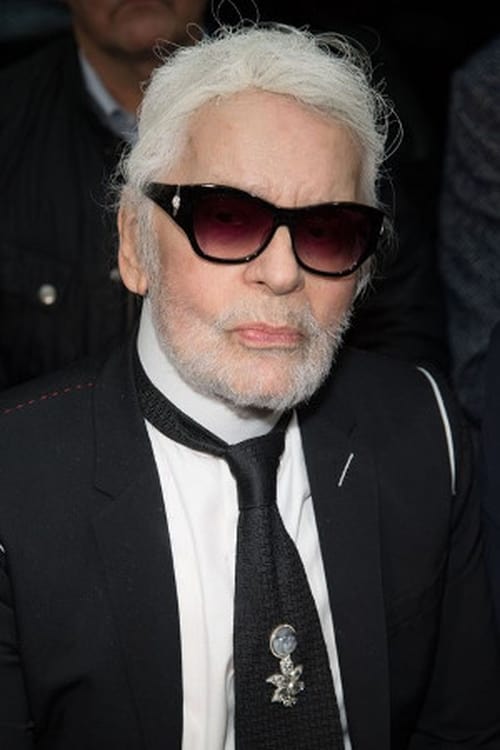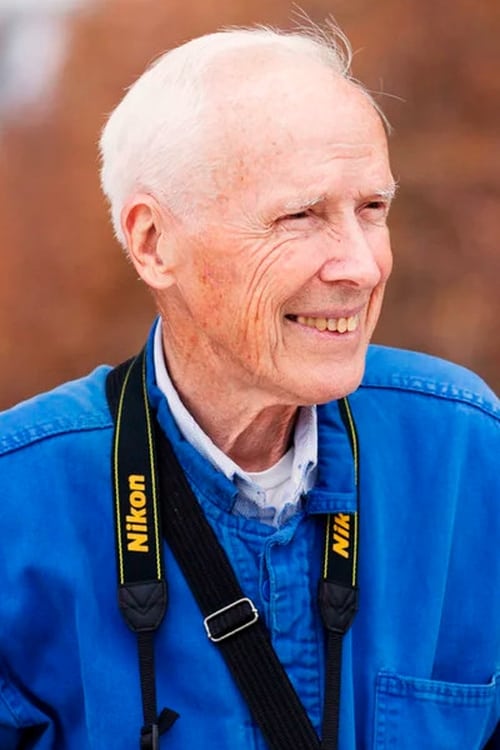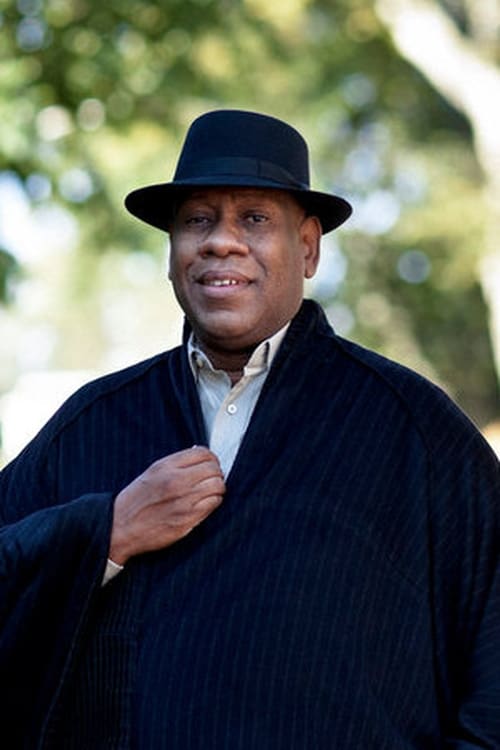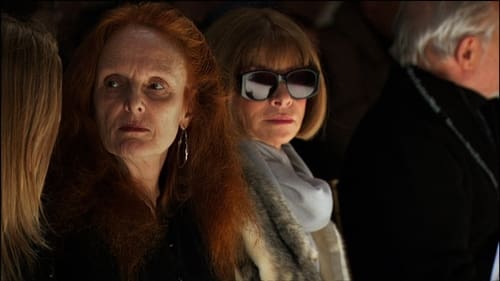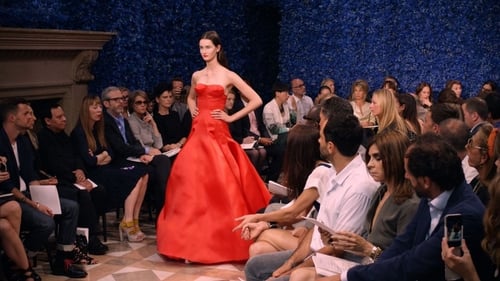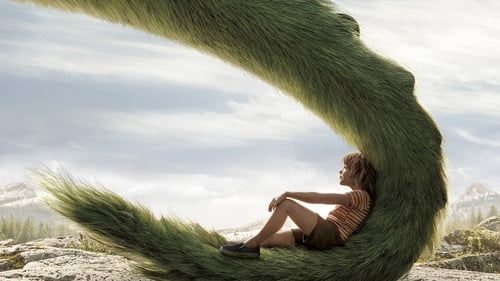The First Monday in May (2016)
ジャンル : ドキュメンタリー
上映時間 : 1時間 31分
演出 : Andrew Rossi
シノプシス
Chronicles the creation of The Metropolitan Museum of Art's most attended fashion exhibition in history, "China: Through The Looking Glass," an exploration of Chinese-inspired Western fashions by Costume Institute curator Andrew Bolton.
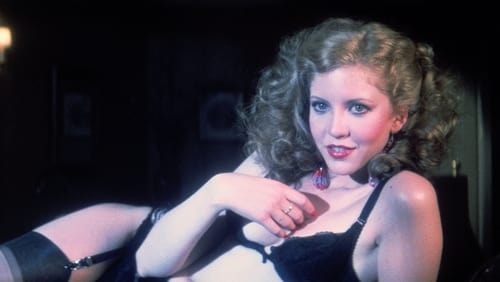
夫婦生活に不満を抱えるケイトは精神分析医エリオットのもとへ通っていた。そんな彼女が美術館で出会った男性との情事のあと、剃刀を手にした女性に惨殺される。現場に偶然居合わせたコールガールのリズは、警察から疑いの目を向けられ、街中で危険な目に遭いながらも、ケイトの息子ピーターと組んで真犯人を追うことに…。

5年の刑期を終え、晴れて仮出所を果たしたデビー・オーシャン。かつて“オーシャンズ”を率いたダニー・オーシャンを兄に持つ、生粋の強盗ファミリーの一員だ。出所して早々、刑務所の中で考え抜いたプランを実行に移すべく、デビーの右腕となるルーと共に個性豊かな犯罪のプロたちに声をかけ“オーシャンズ”を新結成するデビー。集まったのはいずれも一流の才能を持ちながら冴えない生活を送っている、ハッカー、スリ師、盗品ディーラー、ファッションデザイナー、宝飾デザイナーたち。彼女たちのターゲットは、世界最大のファッションの祭典“メットガラ”でハリウッド女優(アン・ハサウェイ)が身に着ける1億5000万ドルの宝石! しかしそこには、網の目のように張り巡らされた防犯カメラ、屈強な男たちという世界一厳しいセキュリティが立ちはだかる。たった一秒の狂いが命取り。しかも世界中に生配信されるこの祭典のさなかに宝石を盗み取るという、前代未聞で型破りな計画は果たして成功するのかー? そしてこの計画に隠された更なるデビーの計画とはー!?

北欧の若き巨匠リューベン・オストルンド監督による風刺の利いたヒューマン・ドラマ。有名美術館のキュレーターが、携帯と財布を盗んだ相手に愚かな行動を取ったことから、思わぬ事態に陥ってしまうさまを描き出す。
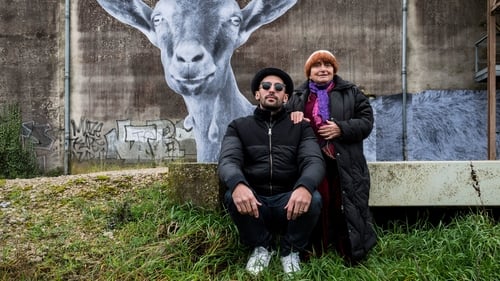
Director Agnès Varda and photographer/muralist JR journey through rural France and form an unlikely friendship.
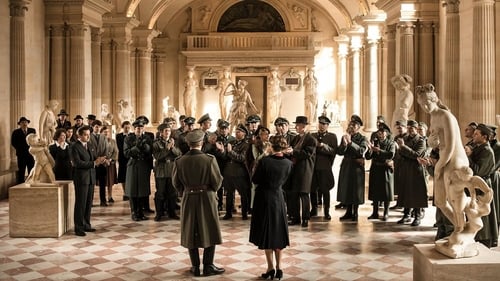
Master filmmaker Alexander Sokurov (Russian Ark) transforms a portrait of the world-renowned museum into a magisterial, centuries-spanning reflection on the relation between art, culture and power.

Chronicles the creation of The Metropolitan Museum of Art's most attended fashion exhibition in history, "China: Through The Looking Glass," an exploration of Chinese-inspired Western fashions by Costume Institute curator Andrew Bolton.
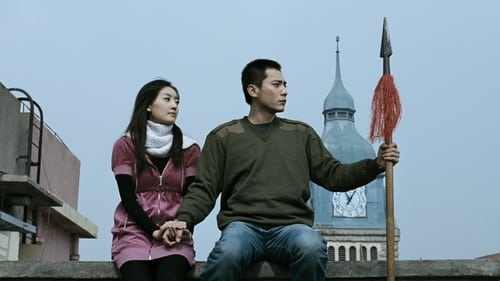
Lao San is a young veteran high in Kungfu power but low in intelligence. After landing on a job as a body guard for a wealthy antique collector, Lao San finds out his boss's plot to rob the National Art Museum.

Berlin’s Museum Island, the cultural center of the German capital on the Spree river, houses a large number of art pieces from all over the globe, from the Stone Age to the present day. A walk through their great institutions to marvel at their masterpieces.
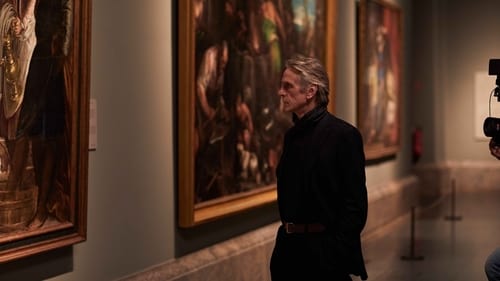
Actor Jeremy Irons embarks on an epic journey through the halls of the Prado Museum in Madrid, Spain, two hundred years after its inauguration, along corridors where thousands of masterpieces of all time tell the lives of rulers and common people, and tales about times of war and madness and times of peace and happiness; because, as Goya said, imagination, the mother of the arts, produces impossible monsters, but also unspeakable wonders.
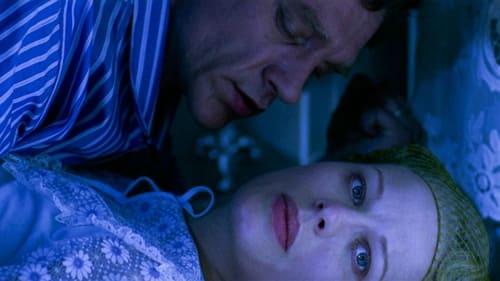
In the 1930s, middle-aged museum curator Tauno Saarinen yearns for a young beautiful maid and writes a lengthy confession about his feelings which he gives his wife Elisabet to read. Elisabet shows the writings to her husband's sister Naimi, an art critic who tries to reconcile with her ex-husband despite a spiteful mother-in-law. Meanwhile, things gets worse between Tauno and Elisabet when the young maid, seduced by Tauno, becomes pregnant. Based on a novel by Helvi Hämäläinen, first published in 1941 but partly censored until 1995 because allegedly based on true incidents involving well-known people.

To celebrate its 250th anniversary, this documentary tells the story of one of the world’s greatest museums, from its foundation by Catherine the Great, though to its status today as a breathtakingly beautiful complex which includes the Winter Palace. Showcasing a vast collection of the world’s greatest artworks together with contemporary art galleries and exhibitions, it holds over 3 million treasures and world class masterpieces in stunning architectural settings. This is its journey from Imperial Palace to State Museum, encompassing a sometimes troubled past, surviving both the Revolution in 1916 and the siege of Leningrad by the Nazis in 1941-44.

Taking its lead from French artists like Renoir and Monet, the American impressionist movement followed its own path which over a forty-year period reveals as much about America as a nation as it does about its art as a creative power-house. It’s a story closely tied to a love of gardens and a desire to preserve nature in a rapidly urbanizing nation. Travelling to studios, gardens and iconic locations throughout the United States, UK and France, this mesmerising film is a feast for the eyes. The Artist’s Garden: American Impressionism features the sell-out exhibition The Artist’s Garden: American Impressionism and the Garden Movement, 1887–1920 that began at the Pennsylvania Academy of the Fine Arts and ended at the Florence Griswold Museum, Old Lyme, Connecticut.

Acquired in July 1909 by art collector Wilhelm von Bode (1845-1929), director general of the Prussian Art Collections and founding director of the Kaiser-Friedrich-Museum, now the Bode-Museum, the Bust of Flora, Roman goddess of flowers, has been the subject of controversy for more than a century. Von Bode, under pressure from the German Kaiser Wilhelm II, argued that the wax sculpture was created by Italian artist Leonardo da Vinci (1452-1519).
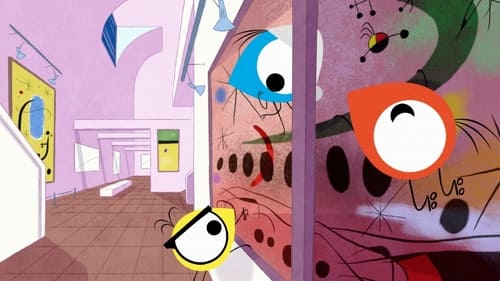
Every night, when the museum closes its doors, the mironins, Blu, Low and Ro, three little drops of paint that live in the paintings created by the Spanish painter Joan Miró (1893-1983), come to life and immerse themselves in an inexhaustible universe where art and imagination reign.

A journey through four hundred paintings, all masterpieces, among the more than nine thousand treasured in the Prado Museum, Madrid, Spain.

A bike messenger, an electrician, a postal worker, a business man and an office worker make their way through an evening in New York City. A collection of eight large-scale moving images projected on the walls of New York's Museum of Modern Art.

A rural American town suffering economically from factory closures finds an unconventional route to recovery with the help of MASS MoCA.

Lucy Jarvis -- the plucky camerawoman known for becoming the first Westerner to film inside communist China -- breaks barriers once again with this exclusive look at the world-famous Musée du Louvre, a place that previously barred access to all filmmakers. Charles Boyer is your host on this personalized tour of the museum's most prized possessions, including works by da Vinci, Michelangelo, Vermeer and Van Eyck.

At the peak of Perestroika, in 1987, in the village of Gorki, where Lenin spent his last years, after a long construction, the last and most grandiose museum of the Leader was opened. Soon after the opening, the ideology changed, and the flow of pilgrims gradually dried up. Despite this, the museum still works and the management is looking for ways to attract visitors. Faithful to the Lenin keepers of the museum as they can resist the onset of commercialization. The film tells about the modern life of this amazing museum-reserve and its employees.



